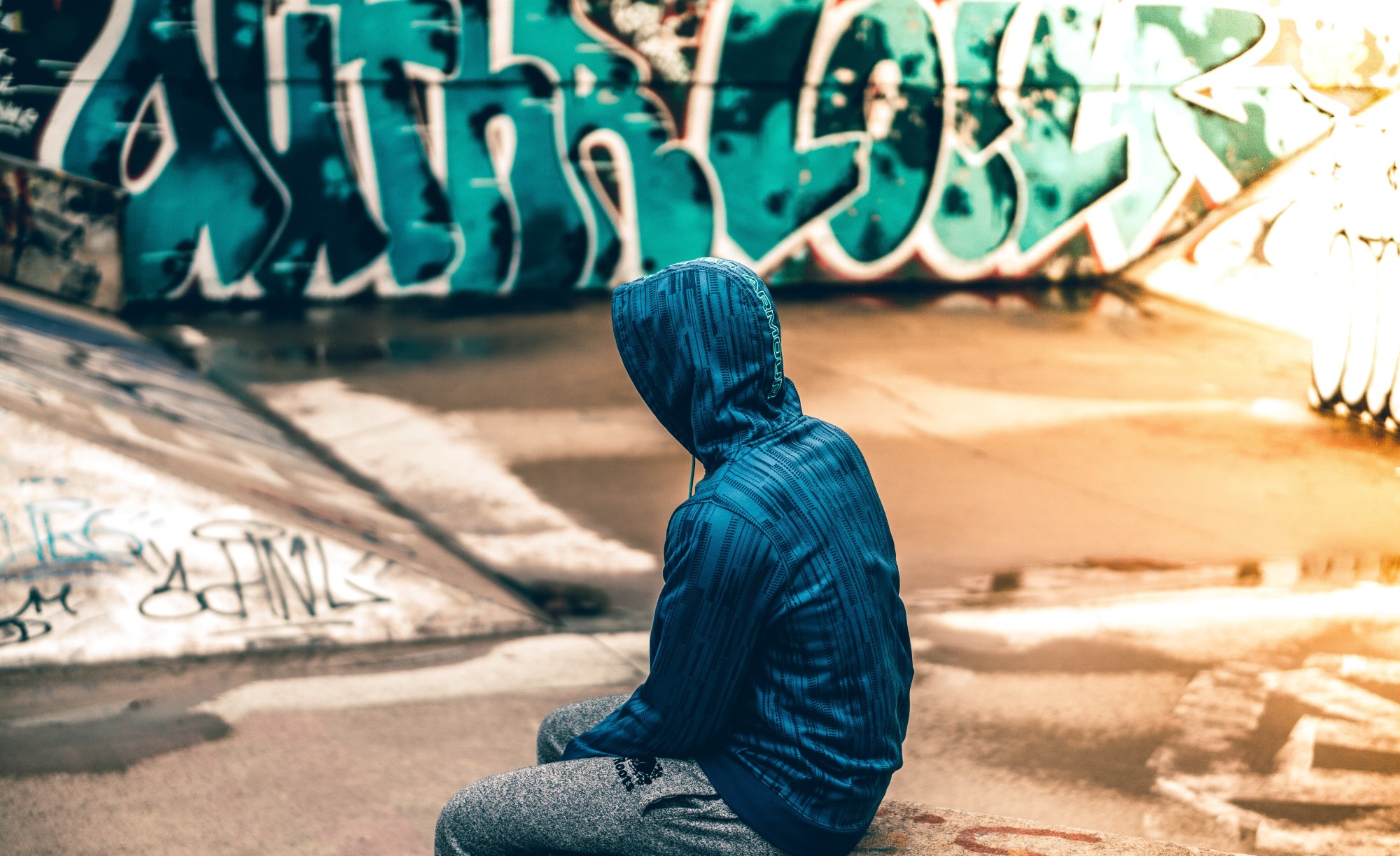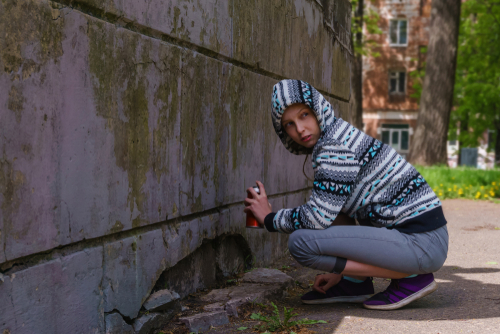The Jessica Logan Case
In July 2008, 18-year-old Jessica Logan hanged herself alone in her closet, after returning home from a funeral for a friend. Her friend had also committed suicide. Jessica Logan was a victim of cyberbullying. Mobile phones played a crucial part in this terrible and destructive story. Eight years later the fight rages to prevent cyberbullying, but mobile phones offer endless avenues for cyberbullying of all types.
It started with a nude photo of Jessica her boyfriend obtained from her phone–whether he stole it or received it from her is still unclear. After they broke up, her boyfriend sent the photo to hundreds of other high school girls. Then the trouble really began. Girls started bullying her at school and calling her “slut” and “whore” and even throwing objects at her.
Her mother, like many parents, unfortunately didn’t understand the extent of the situation until it was too late. Misunderstanding, the mother took away her daughter’s car and started driving her to school herself after receiving notification from the school that her daughter was skipping. This only worsened her daughter’s despair. The bullying and cyberbullying continued on many fronts, ultimately leading to Jessica taking her own life.
Many teens call cyberbullying “drama”
Before the suicide, and even after, many teens would only refer to this as “drama,” not fully recognizing its traumatic impact. This disconnect between labels and actions leads to some of the pervasive difficulty youth experience in dealing with cyberbullying.
In 2013, amongst the ranks of Woodrow Wilson Middle School, a teen girl gave herself the screen name “Drama Queen” and began sowing the seeds of conflict on her new Facebook page “Let’s Start Drama”. Her peers called it “drama”; we call it “cyberbullying”. She easily circumvented the barriers Facebook constructed to require users to sign up with their real names, and she was now able to operate in anonymity.
After building a following by posting some idle rumors, she began digging for deep dirt. She gained a following of 500, many of them out of the ranks of the 750 kids at her middle school, and began soliciting them for gossip to post. For months, Drama Queen had the power to start fist fights and bullying campaigns with “Who’s hotter?” or “Who would win in a fight” comparison posts. The prevalence of mobile phones and the ease and immediacy of modern communication amplified the effect of her work. After more than six months “Let’s Start Drama” was finally shut down, as a result of special action.
Cyberbullying is real and it poses a serious threat to our children.
To fight cyberbullying we need to better understand it. The latest research defines cyberbullying as “an aggressive, intentional act or behaviour that is carried out by a group or an individual repeatedly and over time against a victim who cannot easily defend him or herself.” Cyberbullying can take many different forms and it is important to be able to recognize and categorize each of them.
Here are eight of the most common faces of cyberbullying:
- Exclusion: intentionally excluding from an online group.
- Cyberstalking: harassing by constantly bombarding them with emails and messages, or tagging them in posts they don’t want to be tagged in.
- Gossip: Posting or sending cruel messages to a third party to damage reputation, relationships, or confidence.
- Trickery: Tricking into revealing secrets or embarrassing information which the cyberbully will then exploit online.
- Harassment: Posting or sending offensive, insulting, and mean messages repeatedly.
- Impersonation: Creating fake accounts to exploit trust. Cyberbullies may also hack into an account and post or send messages to damage the person’s reputation or relationships.
- Cyber Threats: Threatening or implying violent behavior
- Flaming: Online fighting that involves hateful or offensive messages that may be posted to various websites, forums, or blogs.
Damaging cyberbullying behavior is pervasive. A 2011 report from the Pew Internet and American Life Project found that 15 percent of social media users between the ages of 12 and 17 said they’d been harassed online in the previous year. Another study in 2013 from Centers for Disease Control and Prevention found the rates of cyberbullying to be highest amongst whites and most prevalent in the 9th grade.
This is a grim image to face. Thankfully many groups are working simultaneously to help all parties prevent cyber bullying.
Identify the Symptoms
As important as it is to recognize the actions of cyberbullying it is equally important to recognize the symptoms. The top symptoms are:
- Use alcohol and drugs
- Skip school
- Experience in-person bullying
- Unwilling to attend school
- Receive poor grades
- Have lower self-esteem
- Have more health problems
Apply these ten tips
These symptoms can certainly result from many different issues, however, as too many parents have learned it is best to acknowledge the warning signs and seek help early. Schools and states apply specific practices (like the Back Off Bully app developed in Connecticut) and it is important to become familiar with those policies.
The Cyber Bullying Resource Center is also an excellent specialized resource. They put together 10 tips for parents whose kids are suffering from cyberbullying.
- Make sure your child is (and feels) safe. The safety and well-being of your child should always be the foremost priority.
- Talk with and listen to your child. Engage your child in conversation about what is going on. Refrain from freaking out.
- Collect evidence. Print out or make screenshots of conversations, messages, pictures, and any other items which can serve as clear proof that your child is being cyberbullied.
- Work with the school. All schools in the U.S. have a bullying policy and most cover cyberbullying.
- Refrain from contacting the parents of the bully. Some parents confronted with accusations that their child is engaging in cyberbullying may become defensive and therefore may not be receptive to your thoughts.
- Contact the content provider. Cyberbullying violates the Terms of Service of all legitimate service providers (websites, apps, Internet or cell companies – facebook, twitter, instagram, etc).
- Contact the police when physical threats are involved. Most states have laws related to online threats, and law enforcement can assist in these cases either informally or formally.
- If the bullying is based on race, sex, or disability, contact the Office of Civil Rights. The U.S. Department of Education takes these cases very seriously if children are limited in their ability to learn and thrive at school because of discrimination.
- If necessary, seek counseling. Your child may benefit from speaking with a mental health professional.
- Implement measures to prevent it from reoccurring. If your child is being bullied through social media (Facebook, Instagram, Snapchat, Twitter, etc.), set up privacy controls within each platform to block the bully from contacting them, and file a report (see #6).
Contact Help Your Teen Now
As a parent-to-parent network, Help Your Teen Now can help. Please call us today for free consulting 800-901-7347. In some cases it is best for a teen to find solstice an environment removed from the situation, and whatever the best solution, we can help.











0 Comments